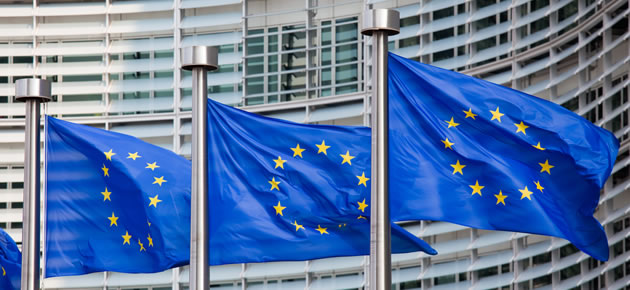The Euro (EUR) firmed against the Pound (GBP) and US Dollar (USD) on Thursday after it received support from data, which showed that the Eurozone saw a slight improvement in economic activity in October.
Early in the session, France released its latest string of economic data reports and they did not make for pretty reading. The Eurozone’s second largest economy saw business activity decline to its lowest level in eight months as a Purchasing
Managers Index came in with a reading of 48. The nation’s manufacturing PMI came in with a figure of 47.3, below economist forecasts for 48.5.
Anything below 50 in a PMI indicates contraction whilst a number above indicates expansion.
The French data did little to ease fears over the health of the nation’s economy and increased fears that it was heading back towards a recession. The data also revealed that the employment situation is deteriorating rapidly at its quickest pace in 18 months. Unemployment in France is already above 10%.
Investors could be forgiven for thinking that the session would provide another pasting for the Euro but Germany came to the rescue as its PMI data came in above forecasts and its manufacturing sector climbed back into expansion territory in October.
Manufacturing activity in Germany increased with a PMI reading of 51.8, a number higher than last month’s final number of 49.9 and was better than the 49.5 figure forecast.
A report from Spain showed that the unemployment rate in the embattled country improved slightly from 24.47% to 23.67%. Unemployment remains staggeringly high despite the attempts to bolster growth in the economy.
The improvements in the PMI and Spain’s unemployment rate were enough to improve sentiment towards the currency despite showing that the Eurozone economy remains painfully weak.
The Euro managed to make gains against several major peers after data showed that manufacturing output across the 18-member region climbed to its highest level in three months. The PMI edged higher to 50.7, beating expectations for a slide to 49.9.
Sterling meanwhile was weakened by softer than expected retail sales data. According to the Office for National Statistics, retail sales declined by 0.3% last month, disappointing forecasts for a drop of 0.1%.
The US Dollar was able to halt its declines after Jobless Claims data came in above expectations. The number of American filing for jobless benefits fell to its lowest level 14-years.
Euro Exchange Rate News:
[table width=”100%” colwidth=”50|50|50|50|50″ colalign=”left|left|left|left|left”]
Currency, ,Currency,Rate ,
Euro, ,US Dollar,1.2651 ,
,US Dollar,1.2651 ,
Euro, ,British Pound,0.7896 ,
,British Pound,0.7896 ,
Euro, ,Australian Dollar,1.4412 ,
,Australian Dollar,1.4412 ,
Euro, ,Canadian Dollar,1.4213 ,
,Canadian Dollar,1.4213 ,
[/table]



